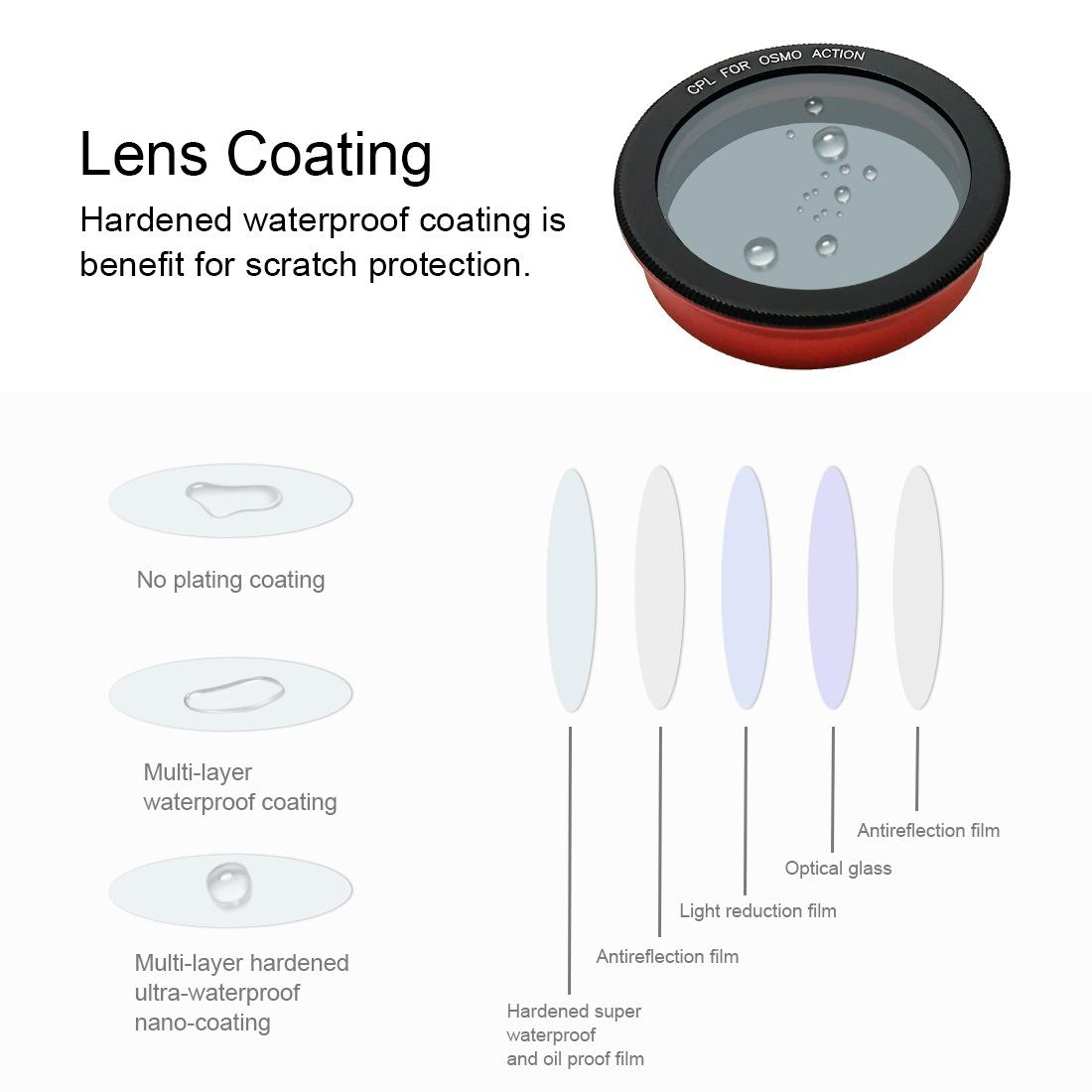

BETTER THAN SYSTEM LENS MA PRO
Its impressive DXOMARK Camera score of 130 lands it just outside the top three, but its excellent Photo sub-score of 138, based on strong performance with few stumbles, is second only to Huawei’s Mate 40 Pro as of this writing.Įxposure is generally accurate (as you’d hope), especially on portraits, and even down to very low light levels. With the iPhone 12 Pro Max, Apple again storms the heights of our database, but doesn’t quite reach the top. 4K Dolby Vision HDR video at 24/30/60 fps (2160p/30 fps tested)Īpple’s iPhones generally offer very good imaging performance but last year’s models have been pushed down in our rankings by the latest and greatest from other phone makers.Tele: 12 MP 1/3.4″ sensor, 65 mm-equivalent f/2.2-aperture lens, PDAF, OIS.Ultra-wide: 12 MP 1/3.6″ sensor, 13 mm-equivalent (14 mm measured) f/2.4-aperture lens.Primary: 12 MP sensor (1.7µ photo sites), 26 mm-equivalent f/1.6-aperture lens, sensor shift OIS, PDAF.Read our review, performed under the brand-new version 4 of the DXOMARK Camera test protocol, to find out how it performs.

On paper, the iPhone 12 Pro Max has the most impressive imaging capabilities to date in an Apple phone. There’s an ultra-wide 13 mm-equivalent camera and a 65 mm-equivalent tele-module that offers a 2.5x zoom over the main camera (a bit more reach than the iPhone 11 Pro Max or 12 Pro), and an unusual LiDAR sensor for building depth maps. It also features a sensor-based optical stabilization system, a first for Apple (most phone camera modules shift the lens rather than the sensor to offset camera movement). The main wide camera has a 26 mm-equivalent f/1.6 lens in front of a 12 MP sensor with 1.7µ photo sites (larger than the 12 MP 1.4µ sensor in the iPhone 12 Pro and the iPhone 11 Pro Max). Announced last month as the top device in the iPhone 12 family, the iPhone 12 Pro Max features the largest screen and the most impressively specified main camera of Apple’s new batch of phones.


 0 kommentar(er)
0 kommentar(er)
